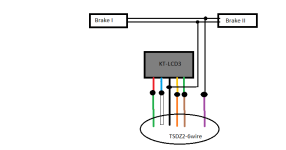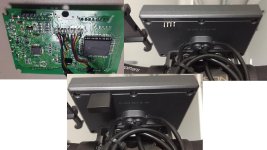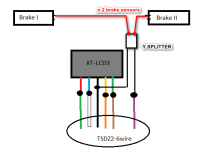Just want to say thanks for all the feedback. Have made a couple of improvements and finished them today. Have started on The Blinking 1 bug but have no more time for today. Will resume tonight. (Have an idea.)
There are a lot of small but very nice improvements made so far. Benefiting future displays and development as well. Will update as soon as possible.
There are a lot of small but very nice improvements made so far. Benefiting future displays and development as well. Will update as soon as possible.





